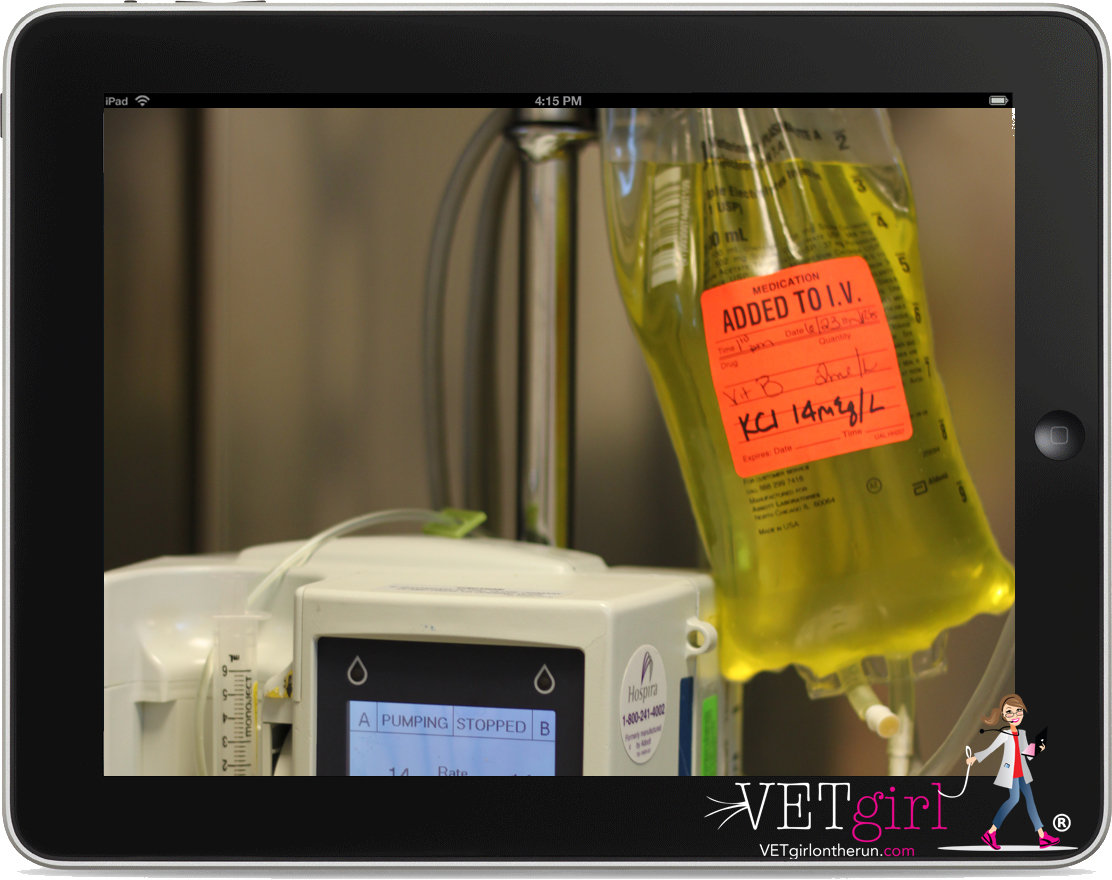
Constant Rate Infusions in Small Animal Veterinary Medicine Veterinary, Medicine, Veterinary
Calculating CRI Doses Imagine that you have a 10 kg dog in need of a 10 ug/kg/min CRI of lidocaine. The concentration of lidocaine is 20 mg/ml. How can you use this information to treat your patient? First, multiply the dose by the dog's weight, like you would do if calculating any other drug dosage.

PPT IV Administration Dosage Calculation PowerPoint Presentation ID4497697
How to Calculate Dosages* Formula 1By convention, the dosage for many CRI drugs is given as µg/kg/min. The calculations can be confusing since most drugs are available in concentrations of mg/ml and are delivered at a fluid rate of ml/hr. The following formula allows the clinician to "plug in" the numbers and solve for the number of milligrams.

Constant Rate Infusion Preparation YouTube
Now you can! Calculate one of several lidocaine/ketamine cocktails for convenient anesthesia customized for each patient. If you like the Constant Rate Infusion Calculator you'll love the VIN Suite of Calculators and Conversion tables. Use MyCalculations to save, print, compare and share results from different visits.

Constant Rate Infusions YouTube
Calculators for Emergency and Anesthetic drugs, Constant Rate Infusions (CRI), IV Fluid Rates, Chocolate Toxicity, Calorie requirements for dogs and cats and Unit conversion (including Weight, Temperature, Body Surface Area, mg to ug, cc's to ounces's, cm's to inches).

Drug Calculation
A constant rate infusion (CRI) is an important part of the treatment journey for many animal patients. CRIs play a key role in pain management, sedation, blood pressure management, electrolyte supplementation, insulin administration, and more.. The calculator allows you to calculate fluid therapy rates for a broad range of scenarios.

How to calculate and manage constant rate infusions The Veterinary Nurse
A constant rate infusion/manually controlled infusion (CRI/MCI) of analgesic drugs is a simple and effective means of improving patient comfort. Various formulations can be used as a constant rate infusion; the protocol chosen depends on the patient and the degree of pain experienced or anticipated.

How to calculate and manage constant rate infusions The Veterinary Nurse
A constant rate infusion (CRI) is prepared to give a patient a continuous dose of drug in intravenous (IV) fluids. This method is advantageous for administering continuous pain management or for drugs with a short half life, as the drug is maintained at effective plasma concentrations for the duration of the CRI ( Creedon et al, 2012 ).

Insulin Drip Calculations mL/hr Infusion Nursing Practice Problems Dosage Calculations NCLEX
A constant rate infusion (CRI) is a medication continuously administered to a patient and is used to maintain consistent plasma levels of that medication. CRIs are commonly administered to patients to achieve appropriate levels of pain management, blood pressure management, sedation, anaesthesia, electrolyte supplementation, insulin, and liquid nutrition via a feeding tube.

How to calculate and manage constant rate infusions The Veterinary Nurse
Practical How to calculate and manage constant rate infusions Megan Brashear Published Online: 31 Jul 2015 https://doi.org/10.12968/vetn.2015.6.6.354 Share Abstract A constant rate infusion (CRI) is a medication continuously administered to a patient and is used to maintain consistent plasma levels of that medication.

3 Steps to Calculate IV Drip Rates an infographic Medical eStudy Calculators Ideas of
First convert pounds into kilograms by dividing pounds by 2.2 (there are 2.2 pounds per kilogram): 11 pounds/ 2.2 pounds per kg (pounds cancel out) = 5 kg Now take the kg and multiply by the dose: 5kg X 2 mg/kg/day (kg cancel out) = 10 mg/day Now divide by the number of hours in a day (24) to get the per hour rate:

Example of normal CSF circulation during a constant rate infusion... Download Scientific Diagram
A collection of drug calculators for Veterinarians and support staff. Calculators for Emergency and Anesthetic drugs, Constant Rate Infusions (CRI), IV Fluid Rates, Chocolate Toxicity, Calorie requirements for dogs and cats and Unit conversion (including Weight, Temperature, Body Surface Area, mg to ug, cc's to ounces's, cm's to inches). Also includes normal laboratory reference ranges for.

How to calculate and manage constant rate infusions The Veterinary Nurse
These routes would include delivery by transdermal, subcutaneous, intramuscular, intra-articular and intravenous. Intravenous administration of analgesic agents may be timed to be given intermittently or by constant rate infusion.

PPT Advanced Adult Intravenous Calculations PowerPoint Presentation, free download ID393773
A constant rate infusion/manually controlled infusion (CRI/MCI) of analgesic drugs is a simple and effective means of improving patient comfort. Various formulations can be used as a constant rate infusion; the protocol chosen depends on the patient and the degree of pain experienced or anticipated.

VETgirl Rounds Calculating Constant Rate Infusions (CRIs) in the ICU
Constant-rate infusion (CRI) allows continuous low-dose administration of various analgesics. Optimally, CRIs are established prior to tissue damage (i.e., preoperatively) and run for 6 to 12 hours postoperatively. CRI analgesia is also quite effective in management of hospitalized patients with preexisting or persistent medical pain.

Dopamine drug calculation formula for nurses Infusion rate calculation 2020 YouTube
CONSTANT RATE INFUSION FORMULAS M DWV/(R 16.67) × where = milligrams of drug to add to base solution = dosage of drug in μg/kg/min = body weight in kg = volume of base solution in milliliters = fluid rate in mL/h 16.67 = conversion factor To determine the appropriate R if dosage is adjusted, the formula would be R = D(adjusted)WV/(M × 16.67) 2.

How to calculate and manage constant rate infusions The Veterinary Nurse
A constant rate infusion/manually controlled infusion (CRI/MCI) of analgesic drugs is a simple and effective means of improving patient comfort. Various formulations can be used as a constant rate infusion; the protocol chosen depends on the patient and the degree of pain experienced or anticipated.